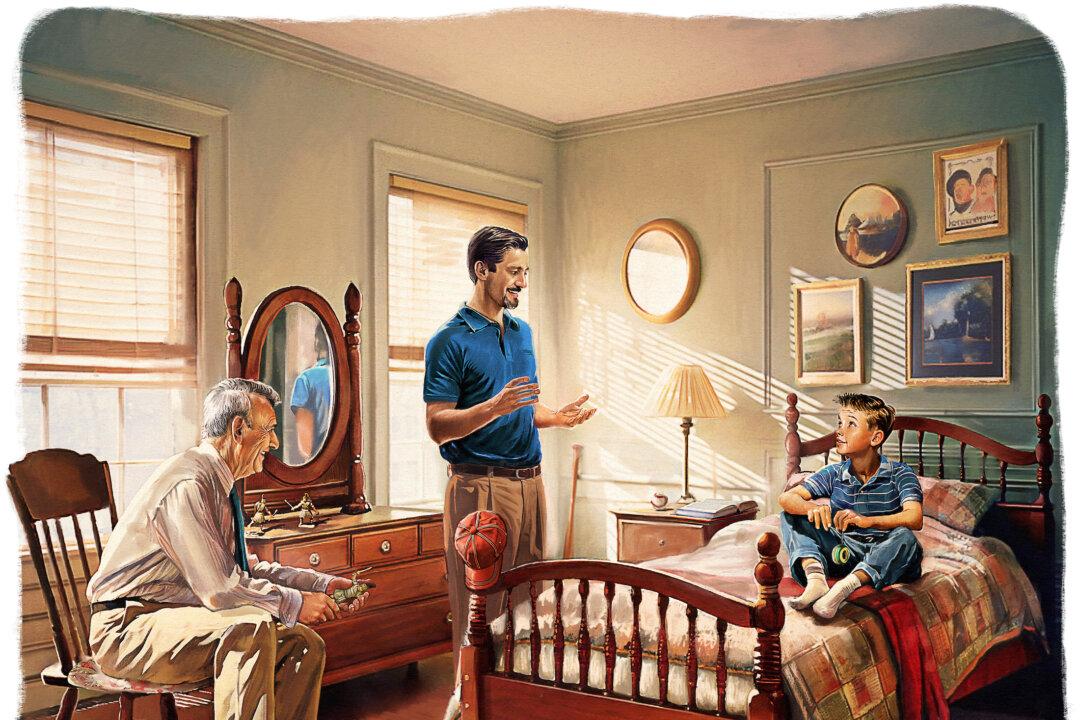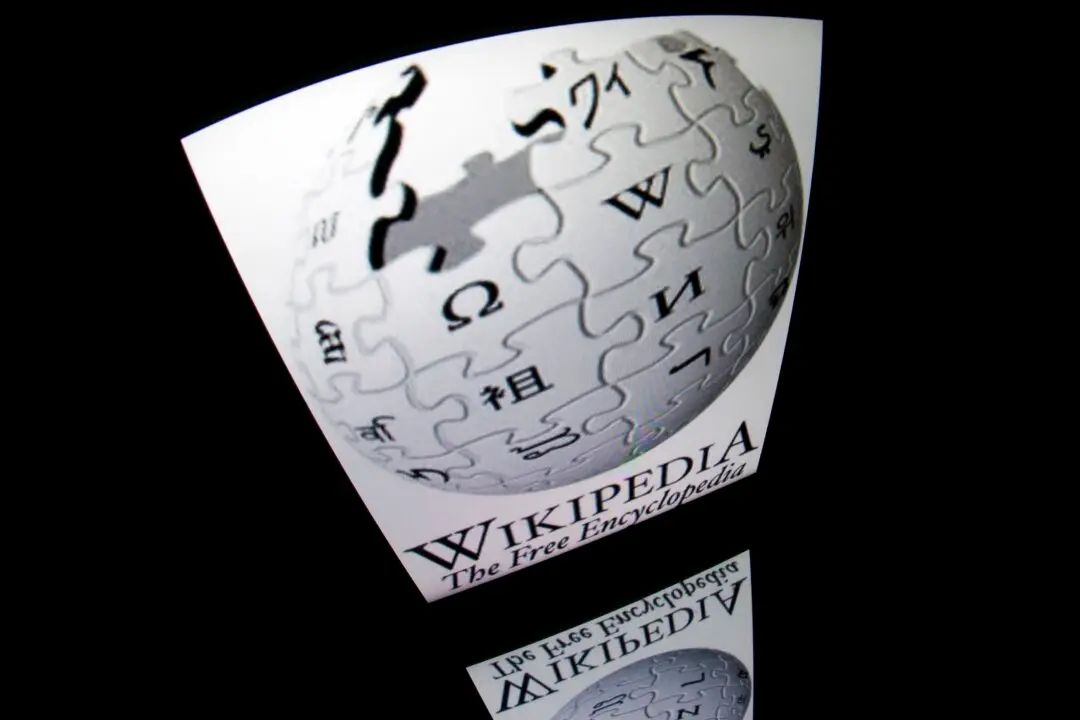What’s so important about a bed, a nightstand, and a dresser? Quite a lot, as it turns out.
I’m thinking of a particular bedroom set, one that has been in our family for several generations now. My father slept there as a child, then as a teenager. His father and grandfather did, too.






